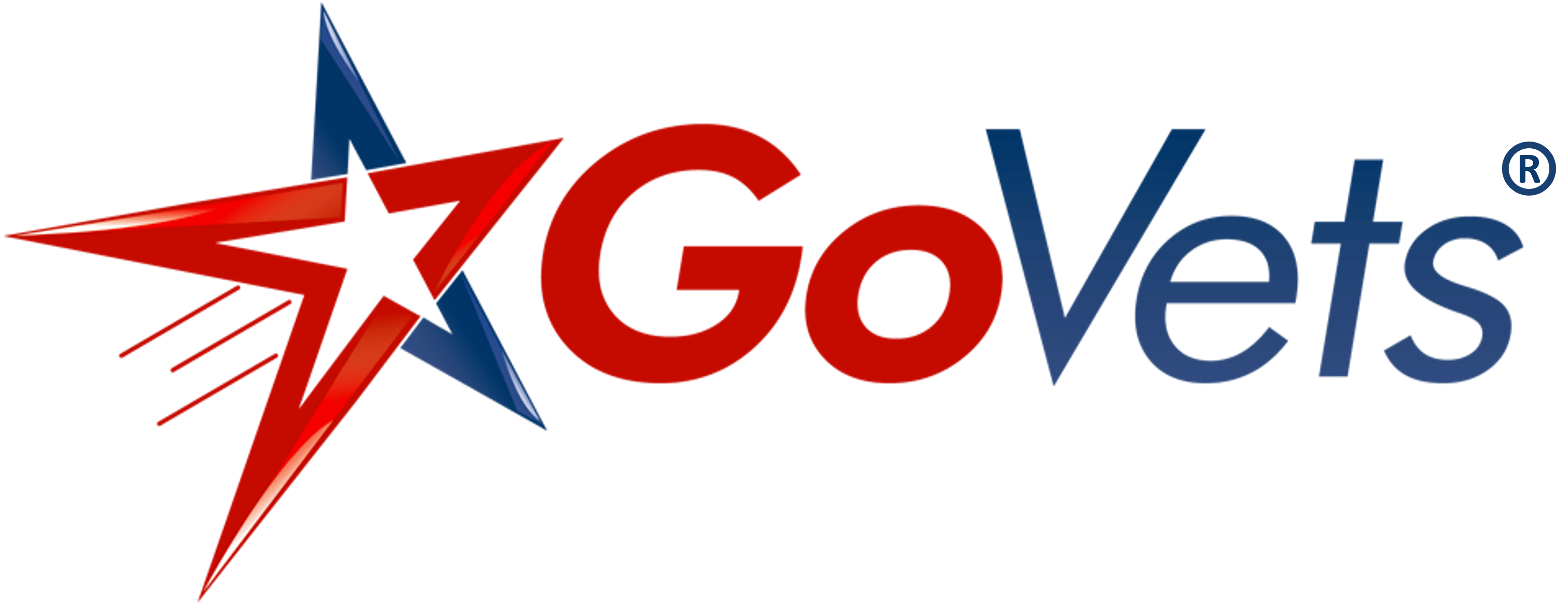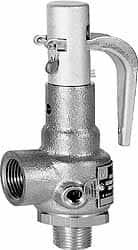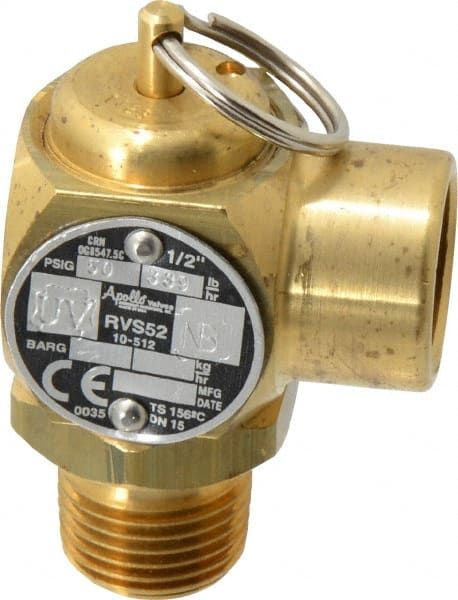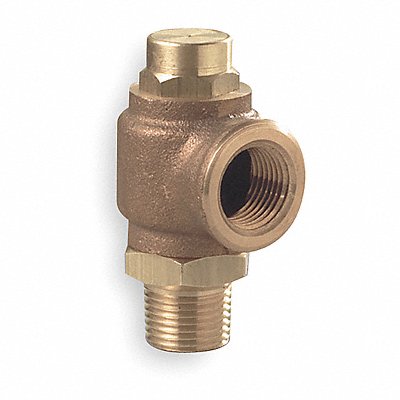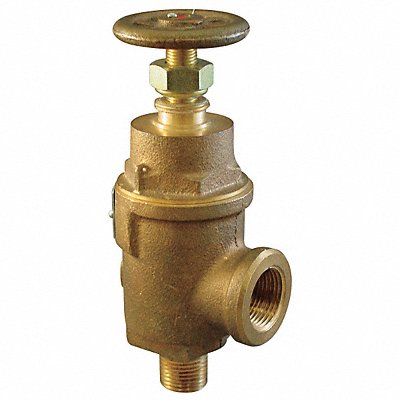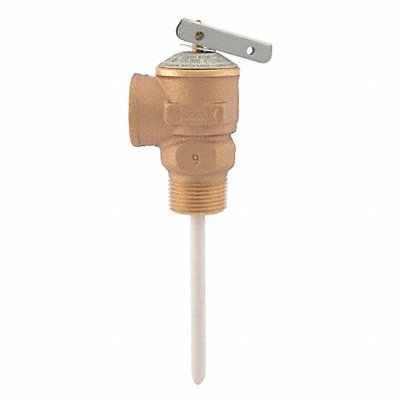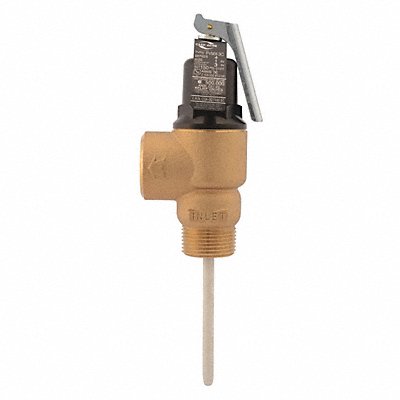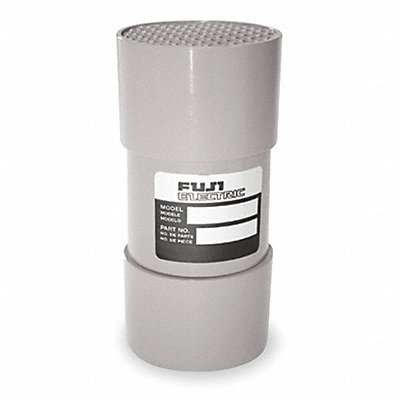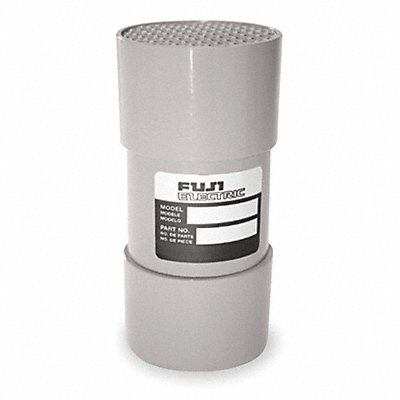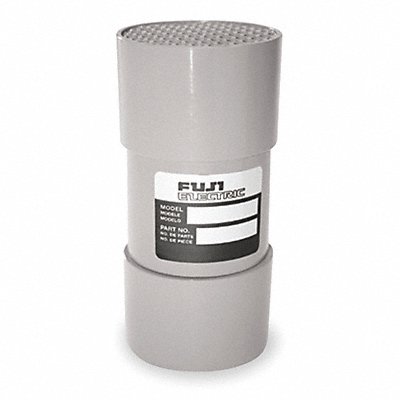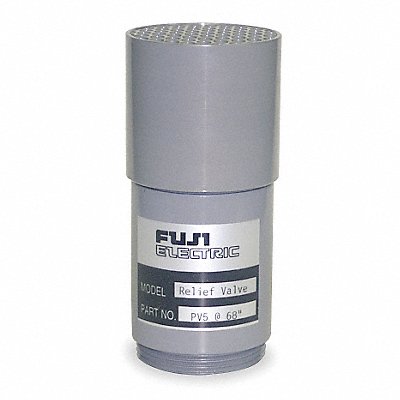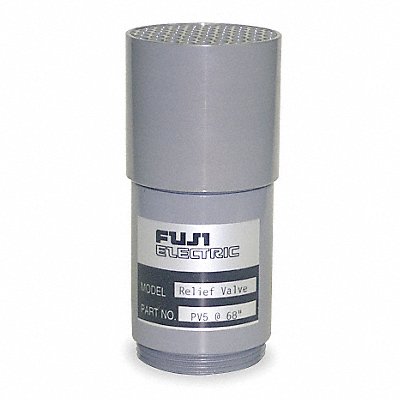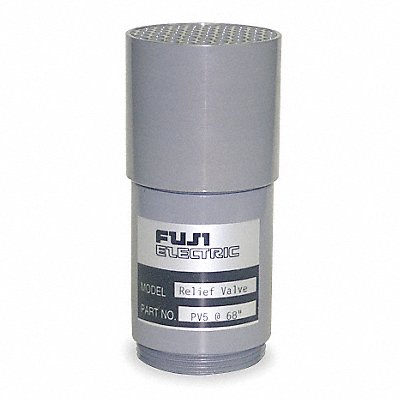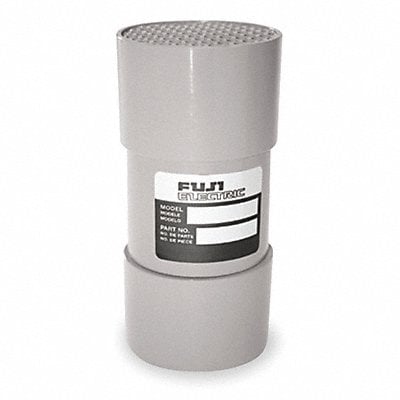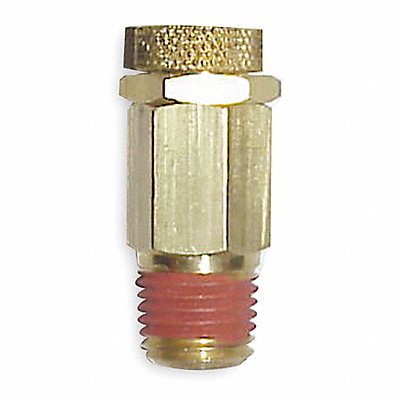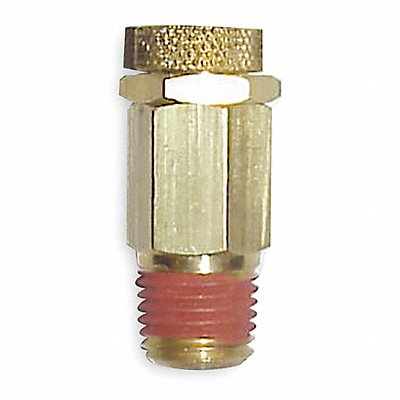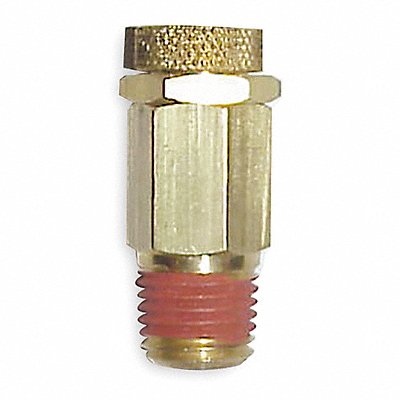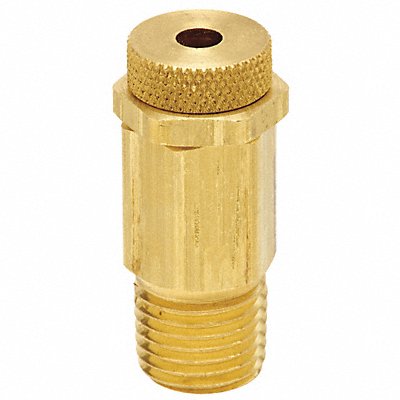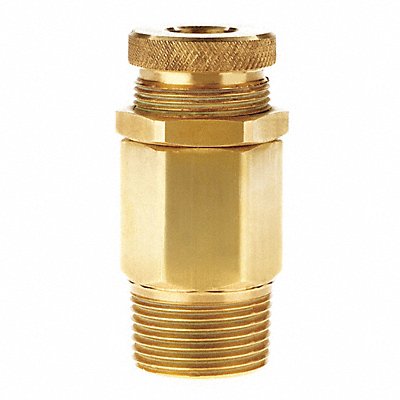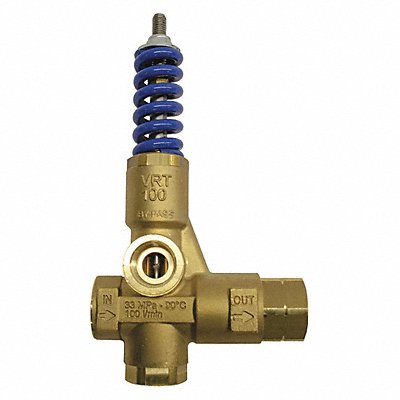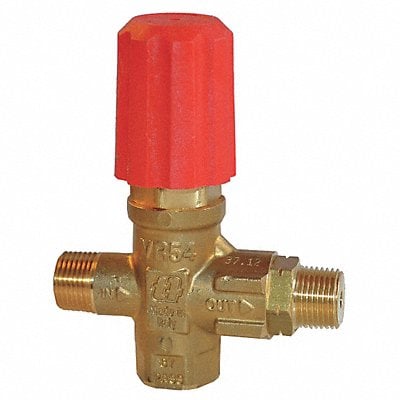The Ultimate Guide to Relief Valves: Ensuring Safety and Efficiency in Industrial Settings
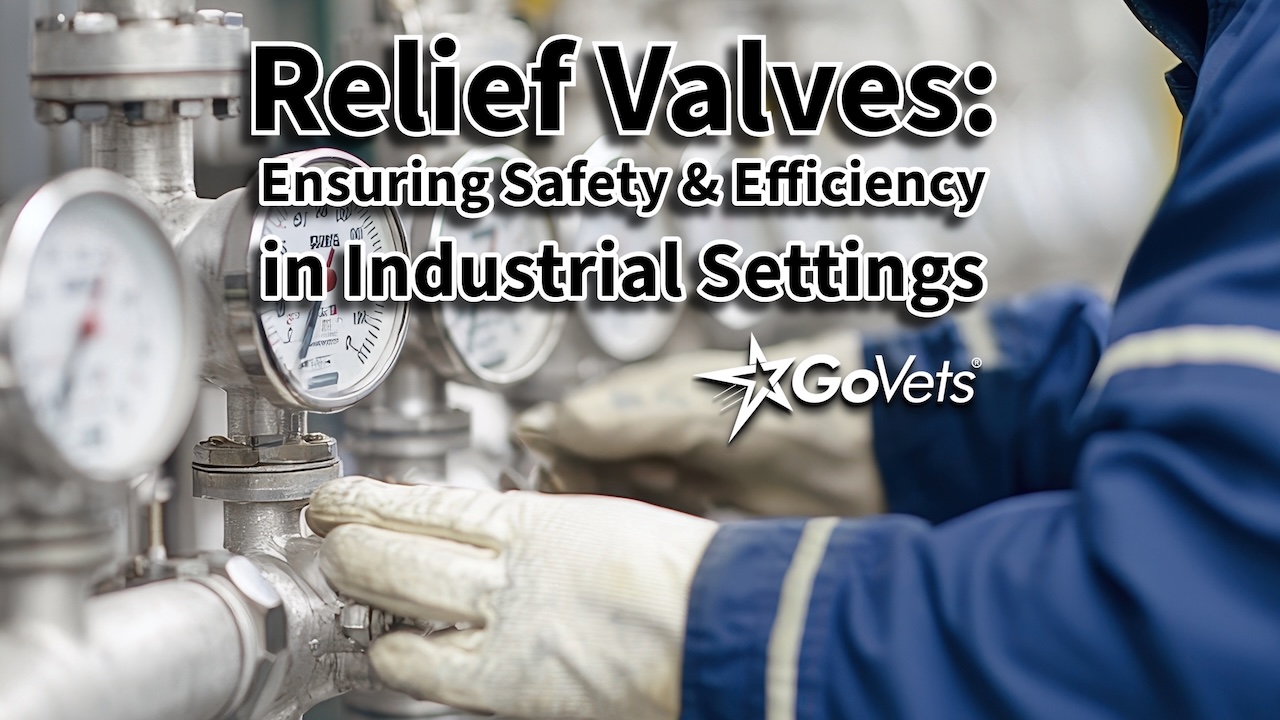
Overview
Relief valves are indispensable components in industrial and commercial environments, ensuring the safe and efficient operation of systems by preventing pressure-related failures. These devices protect equipment, facilities, and personnel from hazardous overpressure or vacuum conditions. Whether safeguarding water heaters, boilers, air compressors, or fire hydrants, the proper selection and maintenance of relief valves are critical to maintaining operational integrity.
In this guide, we explore the various types of relief valves, their applications, benefits, and answers to frequently asked questions. We also provide product recommendations tailored to different needs to help you make informed purchasing decisions.
Table of Contents
1. Relief Valves
Overview
Relief valves are pressure-regulating devices designed to release excess pressure from a system to prevent equipment damage or safety hazards. These versatile valves are essential across various industrial, residential, and commercial systems.
Top Applications
-
Water Heaters
-
Boilers
-
Hydraulic Systems
-
Air Compressors
-
Industrial Process Equipment
Top Reasons to Use This Product
-
Prevent catastrophic failures from overpressure.
-
Enhance the lifespan of industrial equipment.
-
Ensure compliance with ASME safety standards.
-
Minimize downtime by safeguarding operations.
-
Provide peace of mind in high-pressure applications.
Top 10 FAQs
-
What is the primary function of a relief valve? To release excess pressure in a system, ensuring safety and preventing equipment damage.
-
Are relief valves adjustable? Many models are adjustable to accommodate different pressure settings.
-
What standards apply to relief valves? ASME-certified valves are widely used and meet rigorous safety standards.
-
Can a relief valve fail? Yes, due to wear, corrosion, or improper maintenance.
-
How often should relief valves be tested? Regular testing is recommended, at least annually.
-
Do relief valves require maintenance? Periodic inspections and cleaning are essential.
-
What is the difference between a relief valve and a safety valve? A relief valve opens proportionally to pressure, while a safety valve opens fully at a set pressure.
-
What materials are used in relief valves? Common materials include brass, stainless steel, and cast iron.
-
Can relief valves be used in high-temperature systems? Yes, specific models are designed for high-temperature applications.
-
How do I select the right relief valve? Consider pressure requirements, material compatibility, and application.
Product Recommendations
2. Temperature and Pressure Relief Valves
Overview
Temperature and pressure relief valves (T&P valves) protect systems like water heaters by releasing pressure when temperature or pressure exceeds safe limits. These are essential for preventing explosions in high-pressure environments.
Top Applications
-
Residential Water Heaters
-
Commercial Water Heating Systems
-
Boilers
-
Heat Exchangers
-
Industrial Heating Systems
Top Reasons to Use This Product
-
Prevent overheating and overpressure scenarios.
-
Enhance user safety and comfort.
-
Extend the life of heating systems.
-
Ensure compliance with building codes.
-
Reduce liability risks in commercial settings.
Top 10 FAQs
-
Why is my water heater relief valve leaking? It may indicate excessive pressure or temperature.
-
What is the ideal setting for a T&P valve? Typically 150 psi and 210°F.
-
Can I replace a T&P valve myself? It’s recommended to hire a professional for safety.
-
Are T&P valves mandatory? Yes, they are required by safety codes.
-
How do I test a T&P valve? Lift the test lever and observe water discharge.
-
What causes T&P valve failure? Mineral buildup, corrosion, or manufacturing defects.
-
What materials are used for T&P valves? Brass and stainless steel are common.
-
Are there specific codes for installation? Follow local plumbing codes and ASME standards.
-
Do T&P valves have size variations? Yes, sizes vary based on system requirements.
-
How long does a T&P valve last? Typically 3-5 years, depending on usage and maintenance.
Product Recommendations
3. Regenerative Blower Pressure Relief Valves
Overview
These valves regulate pressure in regenerative blower systems, preventing damage from overpressure. Their role is crucial in maintaining the efficiency and safety of pneumatic systems.
Top Applications
-
Pneumatic Conveying Systems
-
Wastewater Treatment Plants
-
Air Knife Systems
-
Vacuum Packaging Equipment
-
Blower-Based Air Curtains
Top Reasons to Use This Product
-
Ensure optimal performance of blowers.
-
Minimize the risk of blower motor damage.
-
Reduce energy costs by maintaining efficiency.
-
Increase system reliability.
-
Simplify system maintenance.
Top 10 FAQs
-
What are regenerative blowers used for? Applications like air conveyance and vacuum systems.
-
How does a pressure relief valve protect blowers? By venting excess pressure to prevent system overload.
-
Can these valves handle continuous use? Yes, they’re designed for continuous operation.
-
What is the pressure range for these valves? Typically 1-50 psi, depending on the model.
-
How do I size a blower relief valve? Based on blower capacity and operating pressure.
-
What materials are available for these valves? Aluminum, stainless steel, and cast iron.
-
Can regenerative blowers run without relief valves? Not recommended; it risks motor and system failure.
-
What is the maintenance requirement? Periodic inspection and cleaning.
-
Are these valves suitable for corrosive environments? Yes, with appropriate material selection.
-
Can I adjust the set pressure? Yes, most models allow for adjustment.
Product Recommendations
4. Vacuum and Pressure Relief Valves
Overview
Vacuum and pressure relief valves are dual-function devices that manage both vacuum and overpressure conditions in a system. They ensure smooth operations by maintaining the desired pressure range and preventing equipment damage.
Top Applications
-
Storage Tanks
-
Pneumatic Conveyance Systems
-
Food and Beverage Processing Equipment
-
Pharmaceutical Manufacturing
-
Vacuum Systems
Top Reasons to Use This Product
-
Protect sensitive equipment from vacuum-related damage.
-
Maintain consistent pressure levels.
-
Prevent contamination in controlled environments.
-
Improve the safety of pressurized systems.
-
Extend the lifespan of industrial equipment.
Top 10 FAQs
-
What do vacuum and pressure relief valves do? They regulate system pressure and prevent vacuum or overpressure conditions.
-
Are these valves suitable for all industries? Yes, they’re versatile and widely used across multiple industries.
-
What materials are commonly used for these valves? Stainless steel, brass, and composite materials.
-
How do I determine the correct size? Based on system capacity and operational requirements.
-
Do these valves require regular maintenance? Yes, periodic checks are necessary for optimal performance.
-
Are they compatible with corrosive environments? Certain models are designed for corrosive conditions.
-
Can these valves handle extreme temperatures? Yes, depending on the material and design.
-
How do they differ from standard relief valves? They manage both vacuum and pressure, unlike standard relief valves.
-
Are there adjustable models? Yes, many models allow pressure adjustment.
-
Can they be used in hazardous environments? Yes, with the proper certifications and materials.
Product Recommendations
5. Unloader Relief Valves
Overview
Unloader relief valves are critical in systems requiring pressure modulation, particularly in pumps. They divert flow to relieve system pressure, ensuring the safe operation of high-pressure pumps.
Top Applications
-
Pressure Washers
-
Industrial Cleaning Equipment
-
Hydraulic Systems
-
Chemical Injection Pumps
-
Water Treatment Systems
Top Reasons to Use This Product
-
Prevent damage to pump systems from overpressure.
-
Improve system efficiency by modulating pressure.
-
Ensure safe operation during idle periods.
-
Reduce wear and tear on pump components.
-
Enhance the lifespan of high-pressure equipment.
Top 10 FAQs
-
What is the function of an unloader relief valve? To redirect flow and regulate pressure in pump systems.
-
How do I adjust an unloader relief valve? Adjust the spring tension to set the desired pressure.
-
Can it be used in high-pressure applications? Yes, it’s designed for such use cases.
-
What materials are suitable for unloader valves? Brass and stainless steel are common choices.
-
How do I troubleshoot a malfunctioning valve? Check for clogs, wear, or spring tension issues.
-
Are they energy-efficient? Yes, by maintaining optimal pressure and flow.
-
Can these valves handle corrosive fluids? Certain models are suitable for such applications.
-
What is the typical lifespan? 5-10 years with proper maintenance.
-
Are there industry-specific models? Yes, models are tailored for different industries.
-
How do I select the right valve for my system? Consider flow rate, pressure range, and material compatibility.
Product Recommendations
7. Common Locations and Alternatives
Primary Locations for Relief Valve Use
Relief valves are found in various settings due to their critical role in system safety and efficiency. Some of the most common locations include:
-
Industrial Facilities: Used in high-pressure systems for manufacturing and processing.
-
Residential Buildings: Found in water heaters, boilers, and HVAC systems.
-
Commercial Properties: Essential in large-scale heating and cooling systems.
-
Municipal Water Systems: Regulate pressure in distribution networks.
-
Agricultural Operations: Protect irrigation and pump systems.
Alternatives to Relief Valves
While relief valves are standard for pressure management, certain alternatives may be suitable for specific applications:
-
Burst Discs: Used for one-time overpressure protection.
-
Safety Valves: Designed to open rapidly in emergency situations.
-
Pressure Regulators: Maintain consistent downstream pressure without venting.
-
Check Valves: Prevent backflow but lack pressure release capabilities.
-
Automatic Shut-Off Valves: Provide system protection by halting flow.
Each alternative has unique benefits but may lack the flexibility and multi-functional nature of relief valves.
8. Final Thoughts
Relief valves are integral to the safety and efficiency of numerous systems, from residential water heaters to large-scale industrial operations. Their ability to regulate pressure, prevent catastrophic failures, and ensure compliance with safety standards makes them an invaluable component across various industries.
By understanding the different types of relief valves and their applications, you can select the right product for your needs and ensure optimal system performance. Regular maintenance and adherence to safety guidelines will further enhance their reliability and lifespan.
